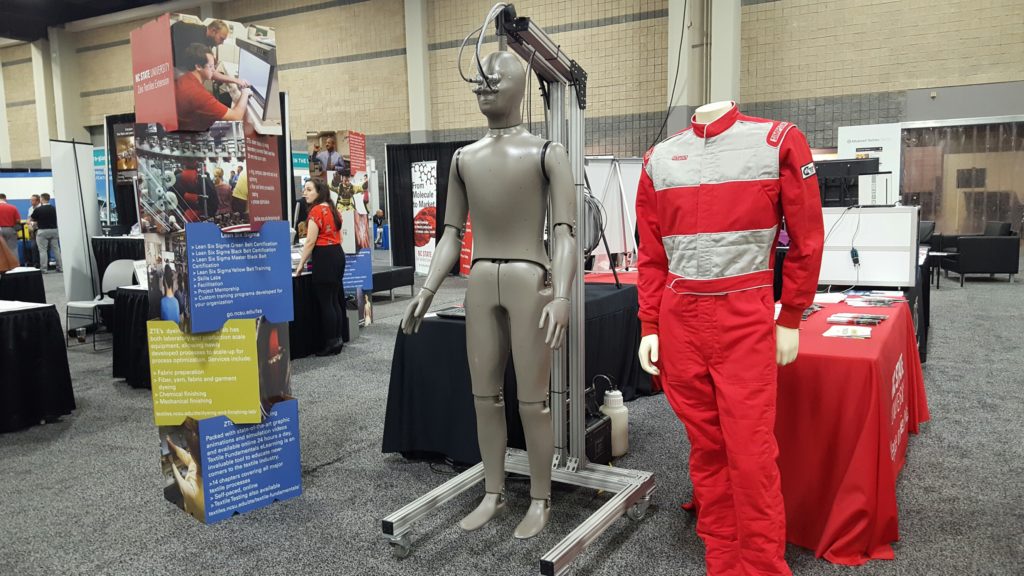New study addresses microplastic fibers in effluents
October 14th, 2019
The Hohenstein Institute published a study this month describing a new analytical approach for the determination of fibers in effluents. The detection of shedded fibers in effluents from textile washing has attracted attention due to its reported contribution to microplastic pollution. Commonly used analytical methods for fiber detection in liquids are based on filtration with […]
Dealing with dust mite allergy—without permethrin
February 23rd, 2017
The William Küster Institute for Hygiene, Environment and Medicine at the Hohenstein Institute has tested a new product made by Proneem France that contains active ingredients effective against mites in textiles. The Institute reports that the Proneem product could act as an alternative to permethrin, a neurotoxin that may cause side effects in humans, including […]
Dealing with dust mite allergy—without permethrin
February 20th, 2017
The William Küster Institute for Hygiene, Environment and Medicine at the Hohenstein Institute has tested a new product made by Proneem France that contains active ingredients effective against mites in textiles. The Institute reports that the Proneem product could act as an alternative to permethrin, a neurotoxin that may cause side effects in humans, including […]
IFAI Expo highlights textile testing’s growing relevance
November 18th, 2016
Most of us are familiar with the basics of textile testing for comfort, aesthetics and durability in apparel textiles. But the development of textiles for technical and industrial end uses requires an understanding of existing and new criteria for measuring and evaluating textile attributes. These and other aspects of textile testing were included in the […]
Expanding textile testing to meet today’s technical requirements
October 21st, 2016
The expectations of today’s technical textiles are changing rapidly, requiring the creative use of textile testing to validate the functionality of protective clothing and active wear, as well as establishing new standards for wearable electronics and textile products with unique functional characteristics. The Advanced Textiles Testing Track at IFAI Expo examined textile testing in light […]
Hohenstein Institute develops cooling textile finish
September 15th, 2016
Scientists at Germany’s Hohenstein Institute, an industrial research and marketing firm, report having developed a textile finish that provides a “sensory cooling effect.” The organization says the term is used to describe a chemically induced sensation of coolness on the skin, which results from the triggering of cold receptors in the nerve ends close to […]
Wound dressings can be made from bacterial alginate
August 5th, 2016
A collaboration among four German entities led by the Hohenstein Institute and Kelheim Fibers GmbH has successfully developed wound dressings made from bacterial alginate. The aim of the project was to develop a biotechnological process to produce alginate and then process it into fiber-based products for use in wound dressings. The project is known as […]
 TEXTILES.ORG
TEXTILES.ORG



